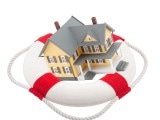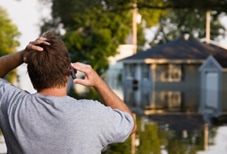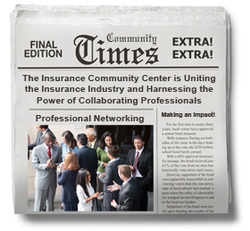|
We never expect to get in a car accident. And even though accidents are common, they feel like a big deal when they happen to us.
It’s natural to experience shock, anger, fear and other emotions in the moment and after the fact. But, preparing in advance can help make a collision more manageable. If you're ever involved in a car accident, taking these six steps can help you better handle the experience. Step 1: Make sure no one is hurt. Call 911 if you, another driver, any passengers or any bystanders need immediate medical attention. Step 2: Keep everyone safe. The accident scene can be a hazard for other drivers. If the collision is minor, move the vehicles to the side of the road or the nearest parking lot. If the accident is major, carefully exit your car and walk to a safe place. Step 3: Call the police. Ideally, law enforcement will come to the scene quickly and take an official report. However, the local police department may not have the resources to respond to a minor accident, in which case you can file a police report yourself later. Step 4: Gather necessary information. Use your phone's camera or a pen and paper to note the other driver's name, address, phone number and insurance information. Record the other vehicle's license plate, vehicle identification number, make and model. Step 5: Document the accident. Take photos, videos and voice recordings to capture vehicle damage, road conditions and any details you remember about the events leading up to the crash. Step 6: File a claim. Get in touch as soon as possible to get your claim started. We can work to get your car repaired or replaced and minimize the disruption to your life. Reach out if you have questions about your accident coverage or anything else.
0 Comments
How clean is your car? If you don’t wash it regularly, you could end up with costly maintenance and safety issues.
You might occasionally run your vehicle through a car wash. But there are benefits to doing the job yourself — including preserving the paint and being able to get into every nook and cranny. Ready to get started? Follow these five tips to wash your car thoroughly and correctly.
Because there are so many companies selling car insurance, sorting through all the choices to find the right policy for you and your family can be a challenging task. With each carrier claiming to offer the best value, it's easy to feel confused. At first glance, all of the policies may look the same, but there are important differences you may need to consider. Your goal should be to find one that includes all the benefits you need at a competitive price.
Follow these four steps for finding the best car insurance policy for you: 1. Determine the Level of Coverage You Need The cheapest policy may not be the one you need. Inexpensive plans may not provide collision coverage, which pays to fix your own car following an accident. They may not offer comprehensive coverage, which covers damage to your car not caused by auto accidents, such as natural disasters, theft or vandalism. The nonprofit Insurance Information Institute notes that all states except New Hampshire require property and bodily injury liability coverage.1 A policy that offers only the minimum amount of liability protection required by law may save you money, but it probably won't cover the legal claims that can stem from serious accidents involving property damage or injuries. Remember that not everyone's insurance needs are the same. For example, if you're leasing a car, you may need gap insurance. If the car is totaled, gap insurance covers the difference between the actual cash value of the vehicle and the outstanding balance on your lease. 2. Review the Financial Health of Car Insurers Everyone wants a good deal on their auto insurance policy, but low rates won't do you any good if the company you choose isn't around to pay its claims. Each ratings agency uses its own standards for evaluating insurance companies and their financial health. 3. Compare Several Car Insurance Quotes You can shop for insurance working directly with insurance agents. A report says getting multiple quotes is important because prices for the same level of coverage vary greatly.3 That happens because insurance prices are based on risk. Each carrier has its own formula for measuring the policyholder's risk for filing claims. Some insurers rely heavily on insurance scores to determine how likely policyholders are to file claims. Other companies may give more weight to the type of car you drive and how expensive it would be to repair following an accident. Where you live also can be a factor in determining what you pay for car insurance. If your ZIP code has a higher-than-average rate of car accidents, your insurance costs could be higher. 4. Ask About Discounts Many insurance companies offer discounts, notes. If you have a teen with good grades on your auto policy, he or she may qualify for a reduced insurance rate. Some insurers offer discounts to drivers who meet annual low-mileage thresholds or take driver education classes. If your car has an anti-theft device, that also could qualify you for a discount. Be sure to ask to request a list of all available discounts. It could make a big difference in how much you pay for your policy. Do you know how damaging potholes can be?
Unfortunately, this common road hazard can potentially send your vehicle to the repair shop. Here’s what to know if you ever find yourself dealing with pothole problems. Plus: Find out how you might be able to avoid them in the first place. What kind of damage can a bad pothole cause?
Thinking of filing a pothole damage claim? Your policy may cover pothole damage, but such a claim is likely to be considered a single-car accident, which means the fault gets assigned to you. Having an at-fault accident on your record could cause your rates to go up. Before you file a claim, check your deductible to see if the cost of repair will exceed your out-of-pocket amount. If not, there’s no benefit to filing a claim. Not sure what to do? Reach out to us for help weighing your options. How can you avoid pothole damage? Pothole season may be unavoidable, but that doesn’t mean potholes themselves can’t be avoided. Here are a few tips for preventing pothole damage:
Have questions about pothole damage claims or your policy in general? Reach out today. Send me a Home Insurance Quote Cape Cod Massachusetts -How to Get the Most Out of Your Car
Whether your car is brand new or getting up there in mileage, you probably want it to keep running smoothly for as long as possible. You already know that maintenance tasks, driving habits and more can all affect your vehicle’s overall health. But are you doing everything you can? Here are a few obvious and not-so-obvious ways you can give your car the attention it needs to keep you safe and comfortable for another few years of driving. 1. Stick to the right maintenance schedule. Regular maintenance, including basic oil changes and brake, fluid and filter checkups, can help keep your vehicle running strong. Your trusted mechanic and your owner’s manual can help you follow the recommended maintenance schedule. 2. Avoid short trips. Frequent, short drives may not give your engine a chance to reach optimal operating temperature and can be hard on your vehicle. When you can, group your errands and other short trips as much as possible. 3. Keep it clean. Help protect your car’s interior and exterior from wear and decay by cleaning both regularly. Remember, the tires and undercarriage should also be washed regularly to prevent corrosion and other issues. 4. Practice smart driving habits. Everyday careful driving can also go a long way toward prolonging the life of your car. Follow the speed limit, avoid sudden braking and acceleration, and of course, avoid distracted driving. 5. Stay observant. Use your senses to look out for anything out of the ordinary and be sure to follow up with your mechanic if you notice any strange sounds, smells or problems with your tires. Have questions about your vehicle coverage or anything else? Reach out anytime. The economic shifts resulting from the COVID-19 pandemic likely mean that your business has changed; it may have shrunk or grown substantially since the onset. This may mean changes in operations, staffing and transportation schedules, all of which may change again as social distancing restrictions ease and your business returns to a new normal. Whether you transport cargo or have employees driving regularly for work, some adjustments are likely as you respond to the crisis and adapt to new ways of doing business.
Engaged Employees One of the most important things you can do is to engage your employees in the process of restoring operations. Review employee standard operating procedures (SOP). As needed, update procedures, including your employee handbook. Provide training to employee groups on new SOP and include supervisors in the training. Reinforce any new SOP through ongoing supervisory communication and utilize existing corrective action programs to ensure compliance. Consider organizing a COVID response committee, which can help connect management and employees to gather feedback on coordinating both reopening and future concerns. Your Facility Before operations ramp up, make sure you review any instructions or requirements from state or local authorities that may be applicable to your business. If reopening, you may want to consider a thorough disinfection of your facility and any tools, vehicles or equipment that are used by your employees. Be sure to include desks, washrooms and break rooms. Product to be delivered may need to be sanitized as well. Consider establishing a program to continue an ongoing cleaning and disinfecting process. Consider a process for wellness checks and procedures for employees reporting or displaying signs of illness. Work with legal counsel to make sure you are complying with laws and regulations related to employees' health and privacy. Develop social distancing and personal protective equipment (PPE) policies, taking into consideration state and local public health guidance and overall employee safety. Consider limiting visitors to your facility. Driving and Transportation Just as it is important to disinfect your facility, be sure to clean and disinfect all vehicles. This includes cleaning between shifts and drivers. Make disinfecting supplies available to your drivers and vehicle maintenance staff, and stock these supplies in every vehicle. Your pool of drivers has likely changed since the onset of the COVID-19 pandemic. If commercial drivers were furloughed or laid off, review the hiring requirements from the Federal Motor Carrier Safety Administration (FMCSA) to determine if new applications or drug and alcohol testing are required. Many organizations are revisiting hiring decisions made during the COVID-19 pandemic to ensure new drivers meet company hiring standards. Carefully review staffing levels as your operational pace increases. While it may be tempting to try to do more with fewer drivers, over time, fatigued drivers can lead to increased motor vehicle crashes and workplace injuries. Customer or Delivery Sites Coordinate safe work practices with your customers before beginning deliveries. Ask about changes to delivery procedures or physical controls at locations where you make deliveries. Work with each customer and supplier to establish a new practice that can help limit contact between delivery employees and customers' employees. For example, delivery employees may need access to a safe waiting area or restrooms within a customer's facility. Also, there will likely be a shift to e-signatures over wet signatures for delivery confirmations. Make sure employees are trained in new delivery practices. Other Considerations Review routine activities, such as updates to licensing, certification renewals or medical screenings, that may not have been completed as normally required. Revisit any scheduled training or maintenance on vehicles or equipment that may have lapsed. With the ongoing COVID-19 pandemic, it is crucial to review and update policies for cleaning and disinfecting your facility, equipment and vehicles. It is recommended that you increase the frequency of cleaning and disinfecting high-touch surfaces, which may include door pushes, handles, touchpads, elevator buttons, faucets, sinks and electronic devices, as well as common areas, such as entryways, lobbies, hallways and restrooms. The Centers for Disease Control and Prevention (CDC) offers steps for properly cleaning and disinfecting facilities. If infected persons have been in your facility, the CDC provides additional considerations:
How to Clean and Disinfect Hard (Non-porous) Surfaces Non-porous surfaces should be cleaned using a detergent or soap and water prior to disinfection.
Porous Surfaces When cleaning and disinfecting soft (porous) surfaces like carpets, drapes and other woven fabrics, first clean these surfaces with soap and water or other suitable cleaners. Avoid shaking drapes to make sure you do not make the virus airborne. Then, if possible, launder these items following the manufacturer’s directions. When laundering items, use the warmest water setting appropriate for the items and dry completely. Otherwise, use EPA-registered disinfectants for SARS-CoV-2 for porous surfaces. Electronics Clean and disinfect electronics regularly, especially if they have been used by an infected person. Electronic devices may include cell phones, tablets, touchscreens, keyboards, remote controls and ATMs. Remember to focus on frequently touched surfaces. When cleaning and disinfecting electronics – both shared and personal – follow the manufacturer’s instructions on appropriate products to use. If there are no cleaning and disinfecting guidelines provided by the manufacturer, consider using disinfectant products such as wipes or sprays with at least 70 percent alcohol. Non-Emergency Vehicles Develop and consistently follow cleaning and disinfection procedures for vehicles, with a focus on commonly touched surfaces. Conduct these procedures at the beginning and end of each driver’s shift. Maintain adequate ventilation of the vehicle while cleaning and disinfecting. Refer to the sections on PPE and hand hygiene below.
Hand Hygiene Wash or sanitize hands immediately after cleaning and disinfecting, removing gloves or other PPE, or coming into contact with an infected person. To thoroughly wash hands, use soap and water for 20 seconds. When washing hands is not possible, and as long as hands are not visibly dirty, use an alcohol-based hand sanitizer made of at least 60 percent alcohol. Other key times to clean hands are after coughing, sneezing, blowing your nose or using the restroom; prior to preparing food or eating; or after public visits or interactions. Personal Protective Equipment (PPE) It is important to develop and implement procedures and policies that address the use of PPE.
What should you keep in your car? Are you taking a road trip this winter? Do you just need an excuse to get rid of all the random stuff that has accumulated in the trunk and backseat? Here’s a weekend project idea: Clear out anything you don’t need and stock your car with a few actually useful items instead. Whether you buy a premade emergency kit or gather a few things separately, here’s what to consider tossing into your trunk as a way to stay prepared and safe on the road. Flashlight or Headlamp A light source is great to have when you break down in the dark. With a headlamp, you can keep your hands free while changing a tire or checking under the hood. First-Aid and Comfort Supplies Band-Aids and other first-aid tools can be useful anytime, not just in an emergency. A blanket can protect you while on the ground working on your car. It can also provide warmth if your vehicle breaks down in cold weather. If you have kids, water and snacks will come in handy while waiting for a tow truck. Emergency Tools Stay safe on the side of the road with reflective triangles, flares, a fire extinguisher and a multipurpose tool like a pocket knife. Jumper Cables Keep working jumper cables in your trunk to help revive your own vehicle’s dead battery or someone else’s. Portable Phone Charger If your car battery dies, you won’t be able to charge your cell phone in your vehicle’s USB port or cigarette lighter. Keep a functioning portable charger just in case. Have questions about your coverage or anything else? Reach out and we’ll be happy to help. What did we do before we had backup cameras?
The driver-assist features found in newer cars and trucks often make driving safer, and most of us rely on them every day. But it’s worth remembering: Technology can’t always perform better than your own quick reflexes. Find out how to make the most of your vehicle’s safety features without letting them lull you into a false sense of security. Benefits and Limitations Here are a few features you may be familiar with (along with their limitations):
Regardless of how smart your car seems to be, don’t let go of these essential habits:
Common Distractions While texting may get the most attention, it’s not the only dangerous distraction on the road. Here are other behaviors to avoid:
Check Safety Ratings When car shopping, search for the year, make and model you’re interested in to review safety ratings. You can use the National Highway Traffic Safety Administration’s 5-Star Safety Ratings or the Insurance Institute for Highway Safety’s vehicle ratings. Have questions about your coverage? Reach out and we’ll be happy to help. . Have you ever looked over a vehicle repair estimate and felt a sinking feeling in your stomach?
Maybe you have reason to believe that something isn’t right, but due to a lack of knowledge, there’s not much you can do about it. Is it possible to avoid this moment altogether? There are lots of trustworthy mechanics out there, so you just have to find one. Here are a few tips for connecting with someone reliable. Ask for Recommendations While online reviews can be helpful to your decision-making process, they shouldn’t be the only factor. Ask friends, family, co-workers and neighbors if they’re happy with their current mechanic. Check for Certifications Many reputable mechanics have been certified by particular vehicle manufacturers or the National Institute for Automotive Service Excellence (ASE). Ask the shop if they have any certified mechanics on staff and check the website or waiting area for any other licenses or certifications. Be an Active Participant Show up informed about the recommended maintenance schedule for your vehicle as well as any major repairs you’ve already completed. This will help your mechanic be the best possible partner to you. It will also alert you to any red flags, such as a recommendation for a repair that you just had done. Review Everything You also want a mechanic who is willing to answer your questions and explain why a repair is needed. The best technicians can also tell you when the repair isn’t urgent but should be completed within a specific timeframe. Have questions about your insurance coverage? Reach out anytime. |
better Insurance
|
-
HOME
- Send me a Home Insurance Quote >
- FLOOD Insurance, Massachusetts >
- Cape Cod Home Insurance
- Pay Your Home Insurance Bill Online
- Ordinance or Law Coverage
- How to Prevent a Claim on your Home Insurance Policy
- Videos - Cape Cod Real Estate Tips >
- Cape Cod Massachusetts Arbella Insurance Discounts
- Cape Cod Massachusetts Lloyds of London Home Insurance
- Safety Insurance Discounts for Cape Cod, Massachusetts
- MPIUA - MA Property Insurance Underwriting Association "Fair Plan"
- Cape Cod Massachusetts Home Protection Insurance
- Hurricane Preparedness >
-
AUTO
- Send me an Auto Insurance Quote for Cape Cod, Massachusetts
- BOAT Insurance >
- Cape Cod, MA Dept. of Motor Vehicles
- Cape Cod Massachusetts - Report an Auto Insurance Claim
- Auto Insurance Quote - CAR BUYING TIPS : Auto Insurance for Cape Cod, MA
- InControl Driver Training
- Car Insurance for Cape Cod Massachusetts - Arbella Insurance - Send me an Auto Quote >
- Plymouth Rock - Send me an Auto Quote >
- Encompass Insurance Discounts
- Safety Insurance - Send me an Auto Quote >
- Travelers Insurance Discounts
- Progressive Insurance - Send me an Auto Quote
- LIFE
- OFFICES
- ABOUT US
- Stay Home
- Home Insurance Explained
- Agent Login
- Privacy Policy
- Videos - Cape Cod Real Estate Investing, Taxes & Insurance
- Videos - Cape Cod Coastal Real Estate
- Português
Arthur D. Calfee Insurance Agency, Inc. is a friendly local insurance agency proudly offering Massachusetts, Cape Cod and the Islands. A-Excellent AM Best rating, A+ Excellent by the BBB
Using innovative thinking, cutting-edge tools and expert resources at national and local levels, we deliver the best possible outcome on every policy we manage. Need Home Insurance? Easy, Fast, & Secure Home Insurance. Get Free Quotes 100% Online Now! Available 24/7. Affordable Rates. Cover Your Biggest Investments. Get a homeowners insurance quote, find coverage options. We'll help you understand and customize the right home insurance coverage for you.
Home is where your heart is—along with a healthy chunk of your net worth. Get started today with a free homeowner's quote.
Compare home insurance quotes today and save on protection for your biggest investment. Build a Custom Policy & Make the Switch! Our local underwriting professionals focus exclusively on finding the best home insurance, homeowner's insurance, hazard insurance, investment property insurance, flood insurance, flood zone information, vacation home insurance, second home insurance, auto insurance, collector car insurance, business insurance, general liability insurance, property insurance, professional liability insurance, contractor's liability insurance, worker's comp insurance, key man insurance, whole life insurance, term life insurance, group or personal disability, & long-term care insurance policies to patrons in the following Cape Cod, Massachusetts towns, communities and villages: Barnstable, Bourne, Pocasset, Brewster, Buzzards Bay, Centerville, Chatham, Cotuit, Craigville, Dennis, East Dennis, Eastham, Falmouth, East Falmouth, Hatchville, West Falmouth, North Falmouth, Woods Hole, Harwich, Hyannis, Hyannisport, Martha's Vineyard, Nantucket, Marstons Mills, Mashpee, Orleans, Osterville, Provincetown, Sandwich, Sagamore, Sagamore Beach, Truro, Wellfleet, Yarmouth, and Yarmouthport. Real-Time Pricing. Insurance coverage: Wind Damage, Fire Loss, Water Damage. Protect your home and belongings. Low Rates For Your Best Options to Save Money On Great Coverage! Get a quote today. Home insurance helps protect your house and your family.
Using innovative thinking, cutting-edge tools and expert resources at national and local levels, we deliver the best possible outcome on every policy we manage. Need Home Insurance? Easy, Fast, & Secure Home Insurance. Get Free Quotes 100% Online Now! Available 24/7. Affordable Rates. Cover Your Biggest Investments. Get a homeowners insurance quote, find coverage options. We'll help you understand and customize the right home insurance coverage for you.
Home is where your heart is—along with a healthy chunk of your net worth. Get started today with a free homeowner's quote.
Compare home insurance quotes today and save on protection for your biggest investment. Build a Custom Policy & Make the Switch! Our local underwriting professionals focus exclusively on finding the best home insurance, homeowner's insurance, hazard insurance, investment property insurance, flood insurance, flood zone information, vacation home insurance, second home insurance, auto insurance, collector car insurance, business insurance, general liability insurance, property insurance, professional liability insurance, contractor's liability insurance, worker's comp insurance, key man insurance, whole life insurance, term life insurance, group or personal disability, & long-term care insurance policies to patrons in the following Cape Cod, Massachusetts towns, communities and villages: Barnstable, Bourne, Pocasset, Brewster, Buzzards Bay, Centerville, Chatham, Cotuit, Craigville, Dennis, East Dennis, Eastham, Falmouth, East Falmouth, Hatchville, West Falmouth, North Falmouth, Woods Hole, Harwich, Hyannis, Hyannisport, Martha's Vineyard, Nantucket, Marstons Mills, Mashpee, Orleans, Osterville, Provincetown, Sandwich, Sagamore, Sagamore Beach, Truro, Wellfleet, Yarmouth, and Yarmouthport. Real-Time Pricing. Insurance coverage: Wind Damage, Fire Loss, Water Damage. Protect your home and belongings. Low Rates For Your Best Options to Save Money On Great Coverage! Get a quote today. Home insurance helps protect your house and your family.
Testimonials & Endorsements for the Best Insurance Agent on Cape Cod, MA
PHONE: (800) 479-2601 CUSTOMER SUPPORT & SERVICE
Please note: The above is meant as general information to help you understand the different aspects of insurance. This information is not an insurance policy, does not refer to any specific insurance policy, and does not modify any provisions, limitations, or exclusions expressly stated in any insurance policy. Descriptions of all coverages and other features on this page are necessarily brief; in order to fully understand the coverages and other features of a specific insurance policy, we encourage you to read the applicable policy and/or speak to an insurance representative. Coverages and other features vary between insurers, vary by state, and are not available in all states. Whether an accident or other loss is covered is subject to the terms and conditions of the actual insurance policy or policies involved in the claim. References to average or typical premiums, amounts of losses, deductibles, costs of coverages/repair, etc., are illustrative and may not apply to your situation. We are not responsible for the content of any third-party sites linked from this page.
© 2024 Copyright, Arthur D. Calfee Insurance Agency, Inc.
Calfee Cares.® Privacy Policy
Calfee Cares.® Privacy Policy

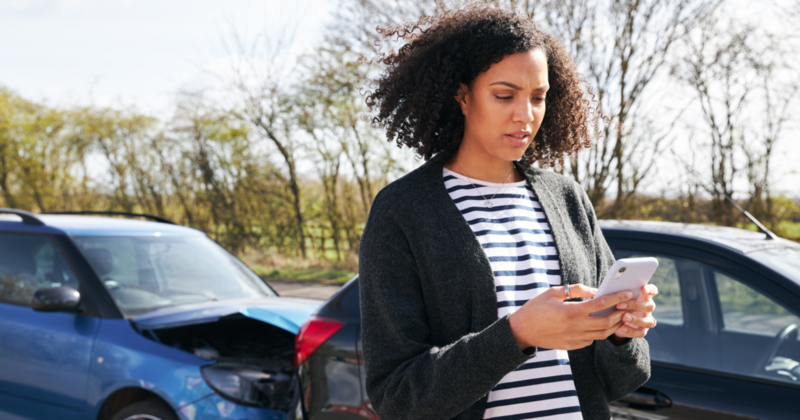
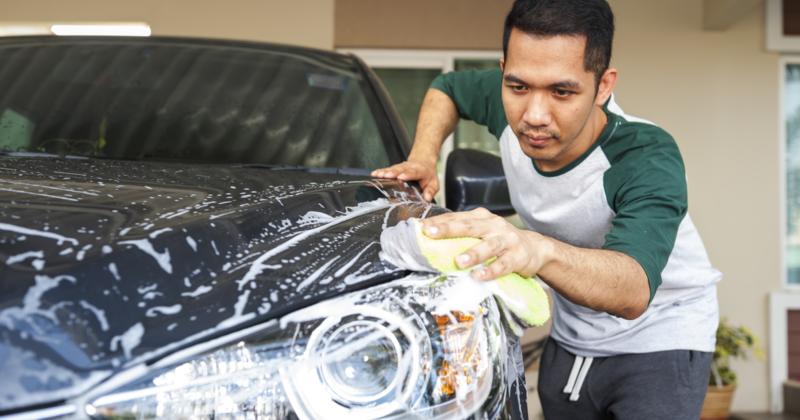
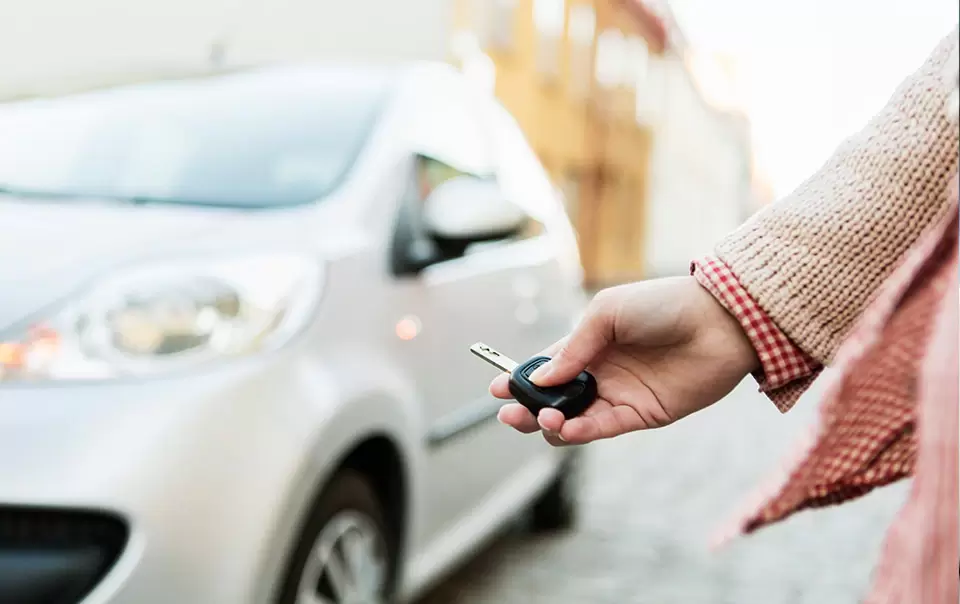
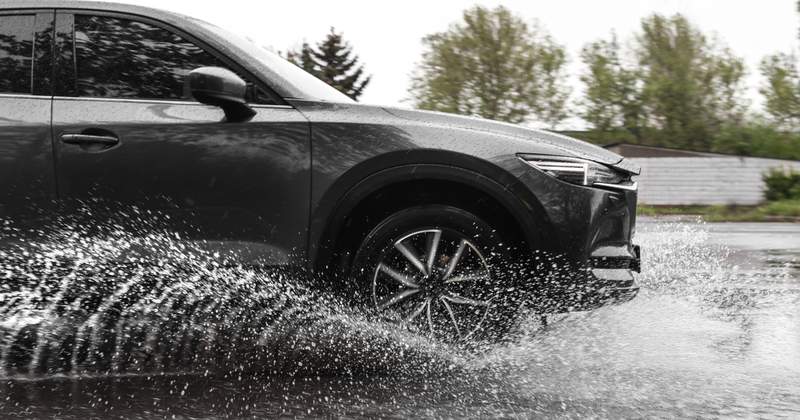
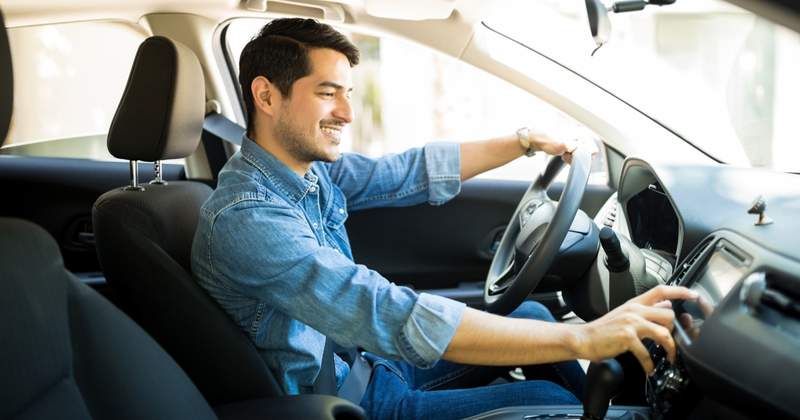
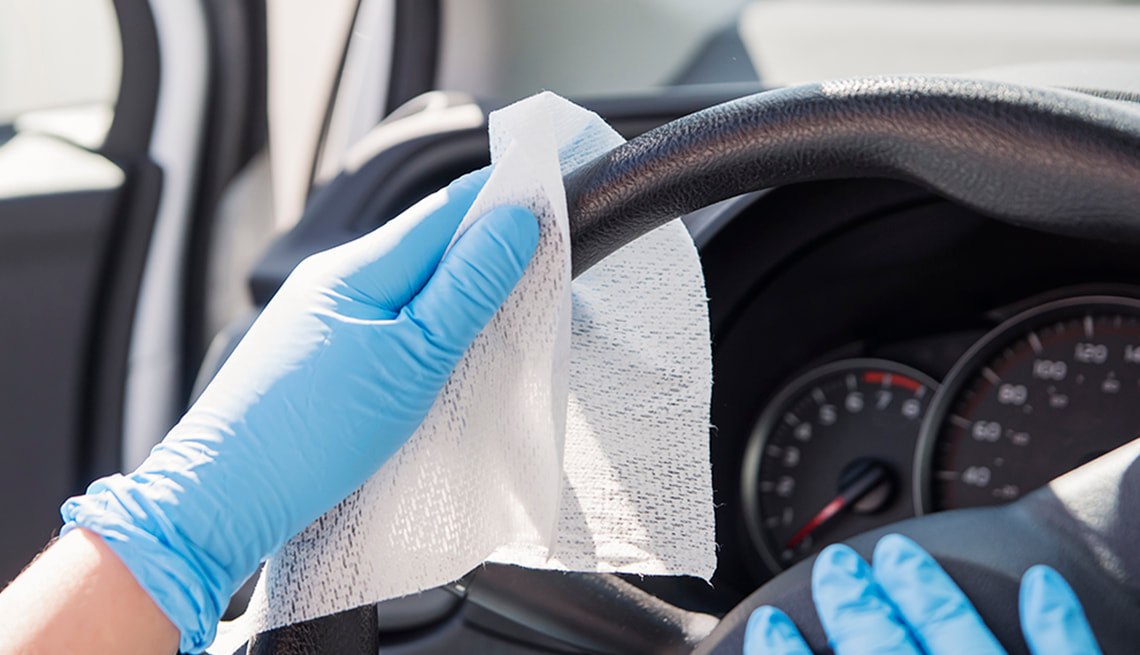
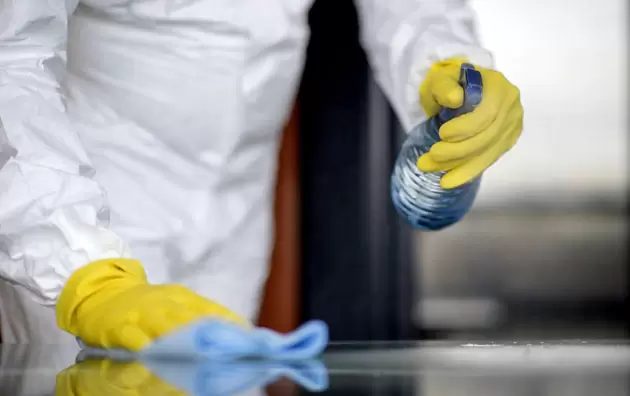
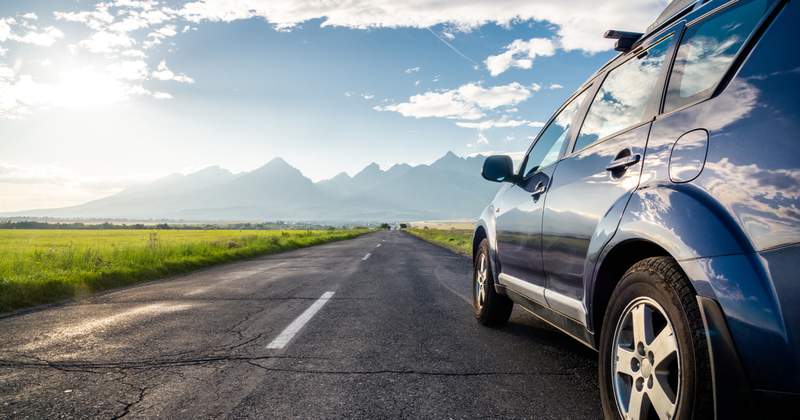
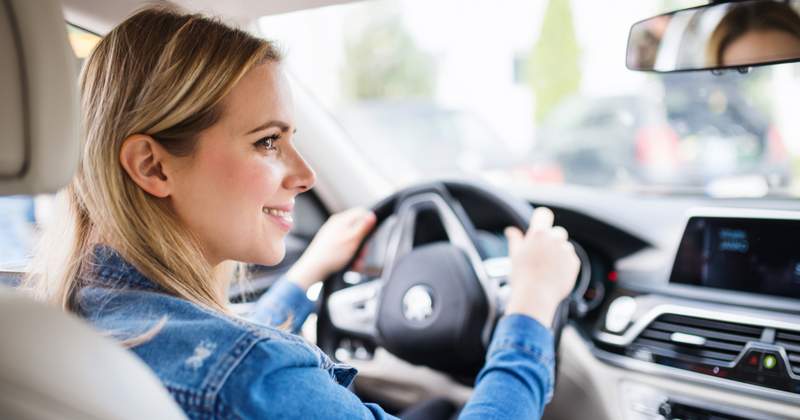


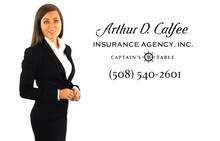



 RSS Feed
RSS Feed




